Last updated on March 7th, 2025
Do you have a slow leak on your central heating system that you can’t find? Having to keep repressurising your boiler is frustrating, but if it’s a slow leak, you might be able to fix it by adding some leak-sealing fluid.
I have been a full-time central heating engineer for over a decade and have fixed my fair share of leaks.
Central heating pipe leaking under floor
If you have to keep topping up your boiler pressure and can’t find or access a leak, there is a good chance you have a central heating pipe leaking under the floor downstairs.
Make sure you check everywhere for signs of a leak above the floor; on the boiler, radiator valves, pipes in the cylinder cupboard if you have one, and the copper blow off pipe outside.
How to confirm leak is not on a combi boiler:
- Repressurise the boiler
- Isolate the flow and return valves underneath the boiler
- Leave the boiler isolated for as long as it would normally take for the pressure to drop
You won’t be able to use the boiler while it’s isolated from the system but if the pressure still drops, the leak is on the boiler. This could be a pressure relief valve problem or a pinhole leak in the plate heat exchanger. If the pressure doesn’t drop, the leak is on the heating system so check thoroughly for radiator leaks.
How to put leak sealer in central heating system
Adding leak sealer to a central heating system is the same process for cleaners, inhibitors, or any other heating system chemicals. If the system has been drained, it’s a lot easier to add leak sealer, but you can add it without draining the system.
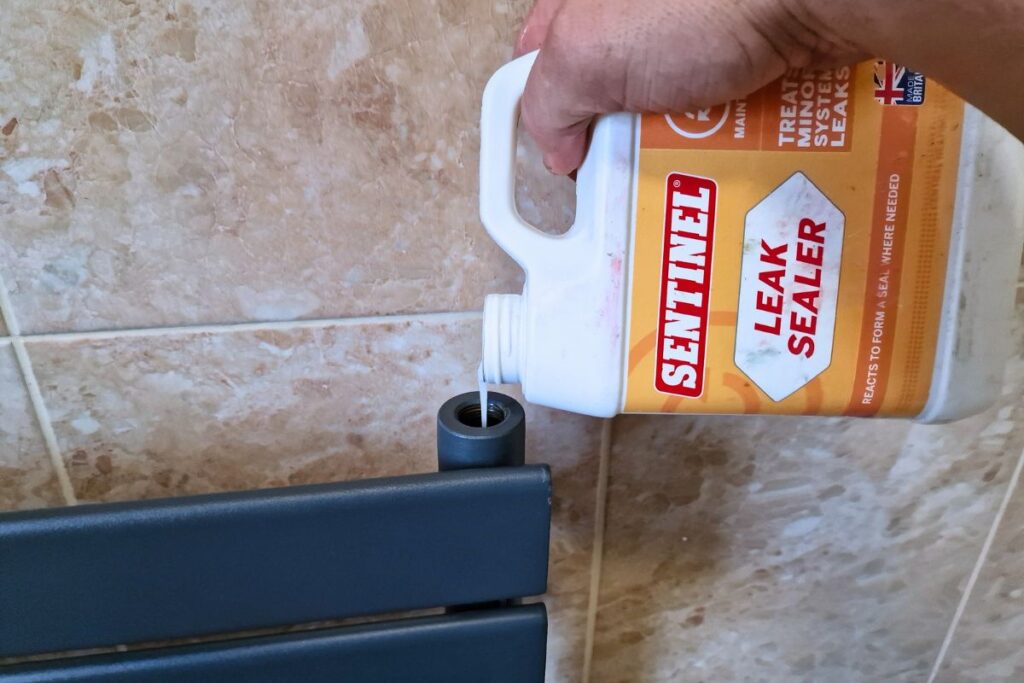
4 ways to put leak sealer in heating system:
- Pour into a radiator
- Pour into a central heating magnetic filter
- Pour into a radiator valve pipe
- Use a pressurised can of leak sealer
Radiator
A towel radiator is the easiest way to add leak sealer to your heating system as you can pour it straight in the top. On a standard modern radiator, which has a bleed valve with a large nut, you can remove the bleed valve from the side of the radiator and use a radiator dosing tool to pour in the leak sealer.

I have made my own dosing tool to keep it as small as possible, but you can buy a radiator dosing tool.
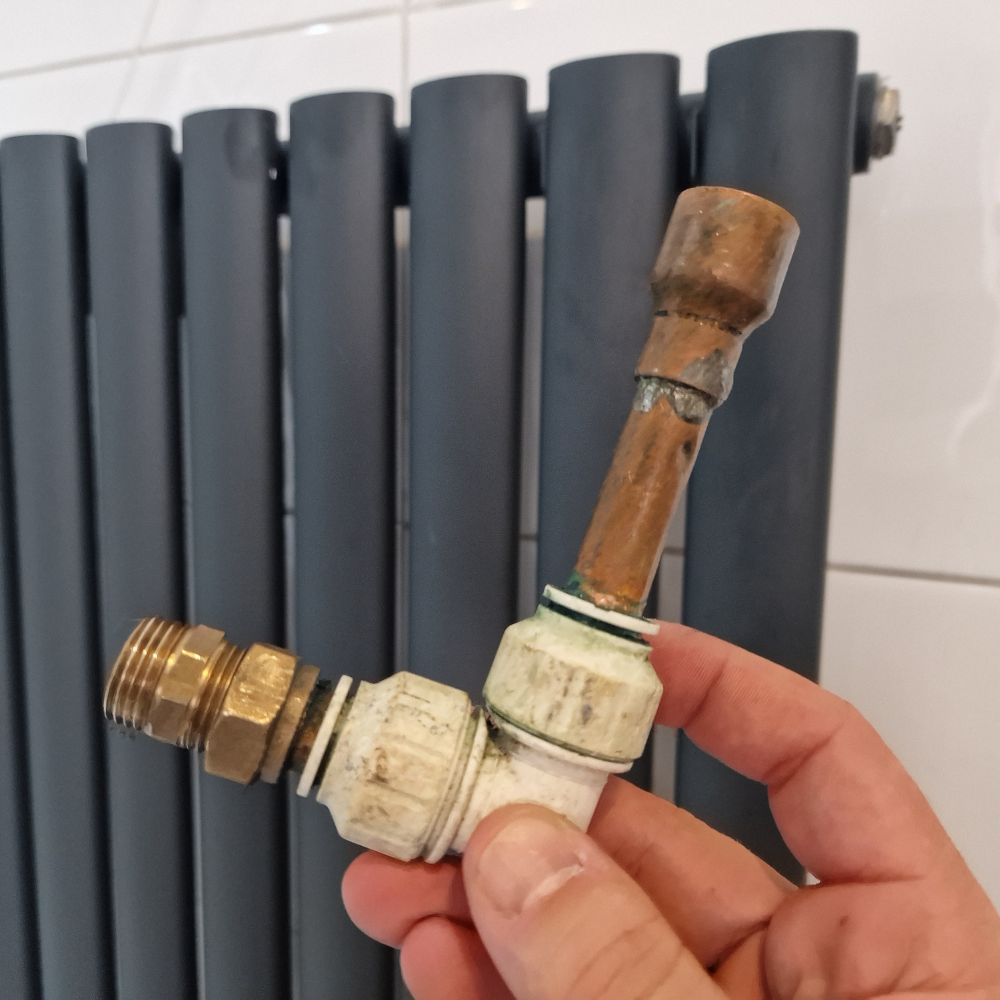
How to add leak sealer to a radiator:
- Lay an old towel under the radiator
- Close both radiator valves
- Open the bleed valve screw and let the water stream out into a bucket until it stops
- Place a tub under the radiator valve (a plumb tub is best by far)
- Undo the nut slightly in between the valve and radiator until water starts coming out
- Open the bleed valve screw so the water comes out of the bottom properly
- Catch the water in a tub until around a litre or so has come out (or however much leak sealer you’re adding)
- Tighten the nut back up
- Remove the radiator bleed valve nut with an adjustable spanner
- Fit dosing tool (unless it’s a towel radiator)
- Pour the leak sealer in the hole or dosing tool
- Refit the radiator bleed valve
- Open the radiator valves
- Bleed the radiator
- Turn the heating for an hour to get the sealer mixed in the system properly
Magnetic filter
Adding a leak sealer to a magnetic filter is only possible with certain filters. The Magnaclean Professional 2 is one of these filters and is one of the reasons it’s my filter of choice.
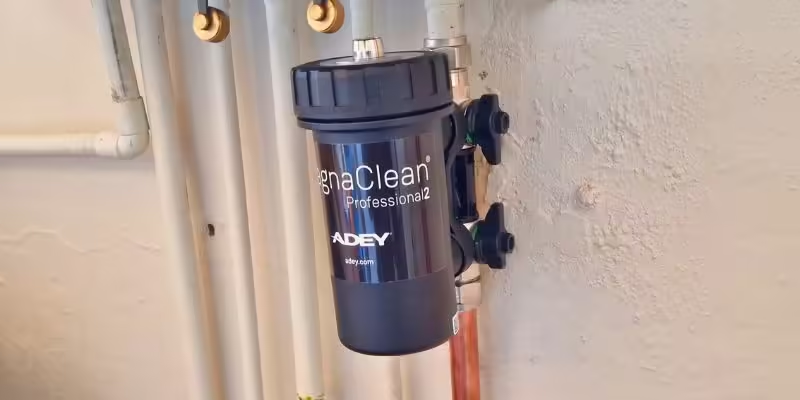
How to add leak sealer to a magnetic filter:
- Isolate the filter by closing the two valves on the filter
- Open the bleed valve on the filter to release the pressure then close it
- Open the top of the filter with the filter spanner and remove the magnet
- Empty the water from the filter by opening the nut on the bottom or by pulling the filter off the valves
- Add the leak sealer to the top of the filter
- Clean the magnet and refit it into the filter and screw the lid on (hand tight only on Magnaclean filters)
- Open the filter valves
- Bleed the filter
- Turn the heating for an hour to get the sealer mixed in the system properly
Radiator valve pipe
Sometimes you can’t add leak sealer to a radiator or magnetic filter. If so, you can remove a radiator valve and pour it into the pipe using a small funnel.
How to add leak sealer to radiator valve pipe:
- Drain the system (or partially drain)
- Loosen the two radiator valve nuts with an adjustable
- Remove the valve
- Fit the funnel in the pipe
- Pour in the leak sealer
- Refit valve
- Refill the system
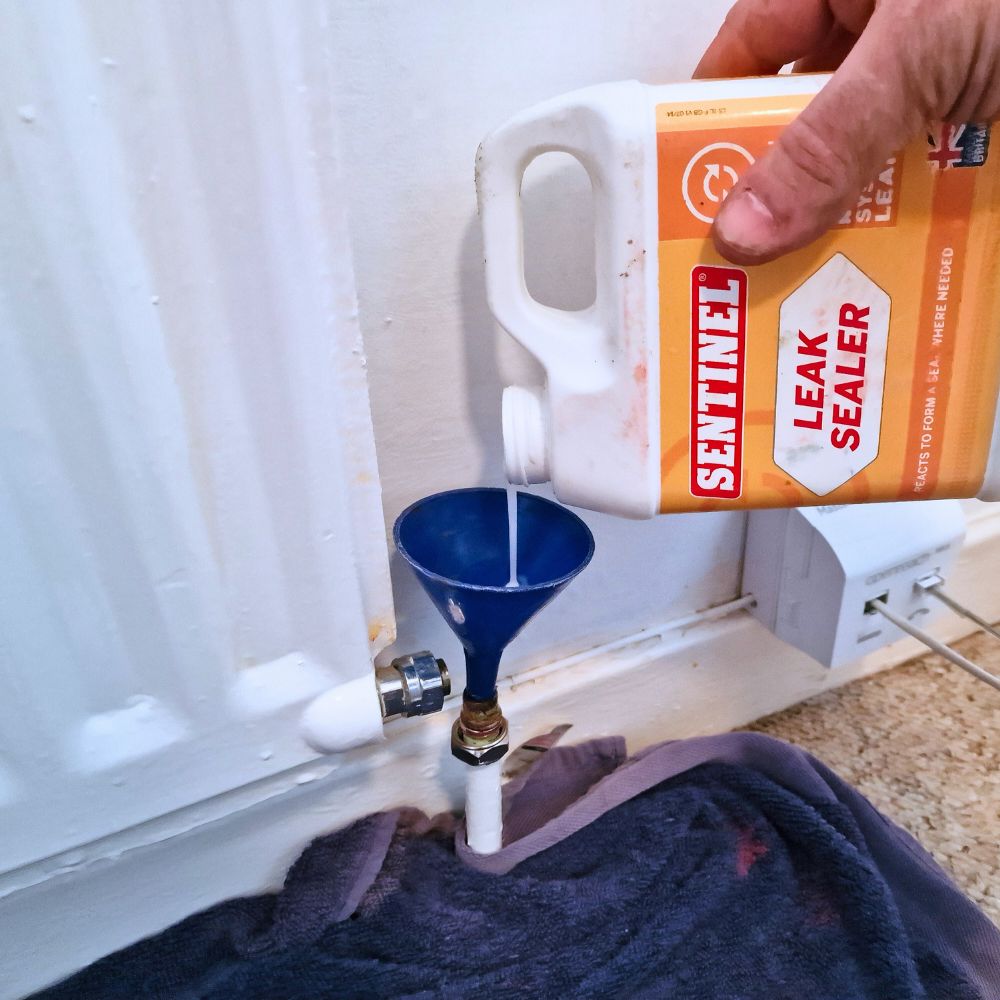
Pressurised can
You can also get pressurised cans of central heating leak sealer that can be squirted into the system via the filling loop or radiator. No need to drain the system with these but it is difficult and they can make a mess.
Draining the system
Adding leak sealer to a central heating system is a lot easier when you drain the system (or partially drain it).
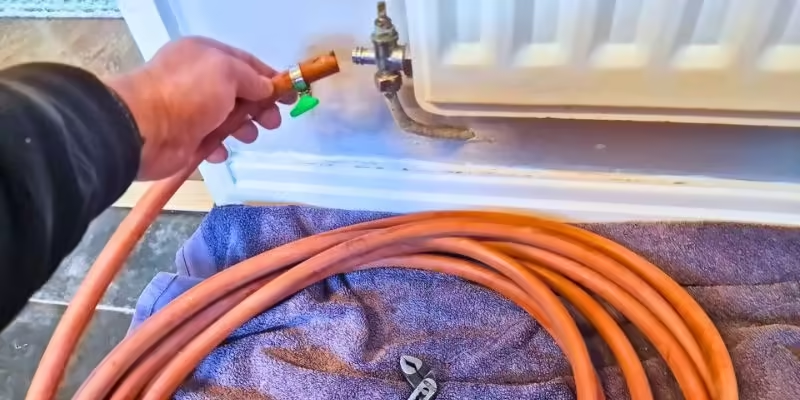
This is sometimes necessary if the radiator valves aren’t isolating the radiator or you need to pour the sealer into a valve pipe.
How to partially drain the system:
- Connect a drain-down hose to a drain-off valve and run the hose to a drain outside
- Open the drain-off valve to let the water out
- Wait for the water to stop coming out of the hose
- Vent the radiator on the highest floor by opening the bleed valve screws
- Wait for the water to stop coming out of the hose
- Close the drain off valve
- Add the leak sealer to a radiator on that same floor
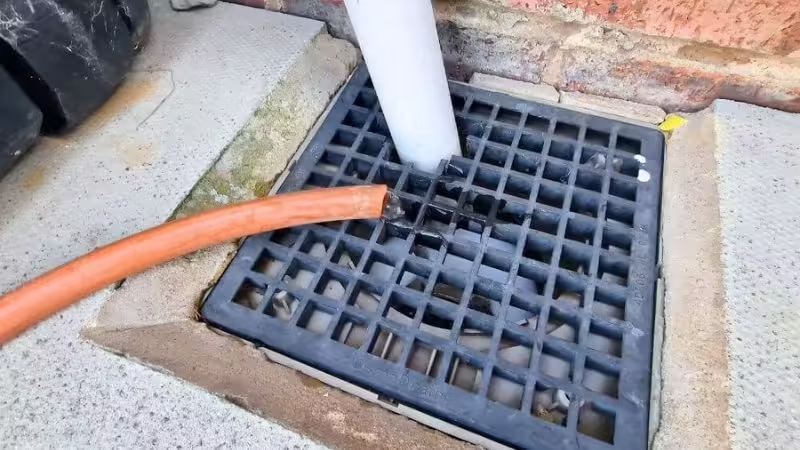
Summary
Putting leak sealer in a central heating system can be a nightmare sometimes and if you haven’t done anything like this before, you might be better off paying a professional, especially if you have ancient radiators.
Having a towel radiator is the best-case scenario for making it as easy as possible, just make sure you drain out at least a litre of water if you're adding a litre of leak sealer.
Feel free to ask any questions in the comments below, and I’ll do my best to help. If you found this post helpful, please consider sharing it.
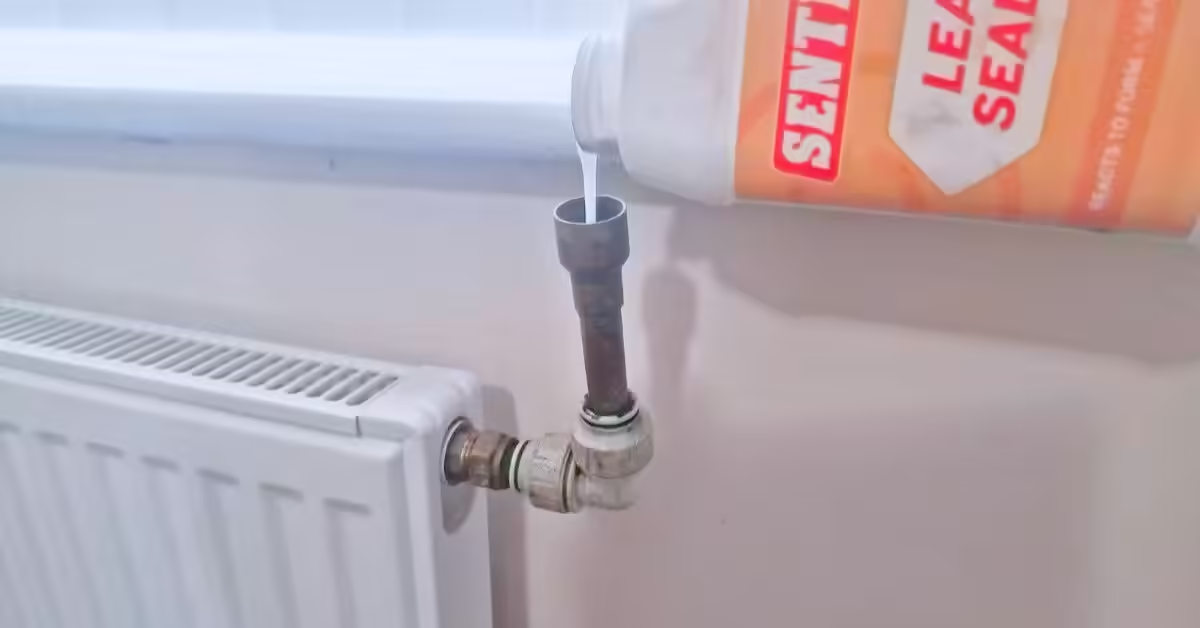

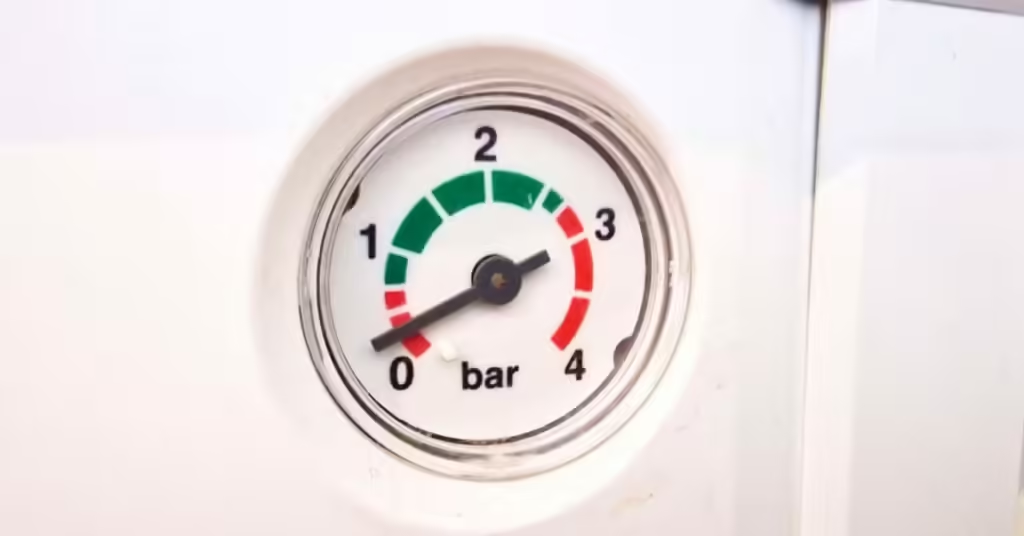
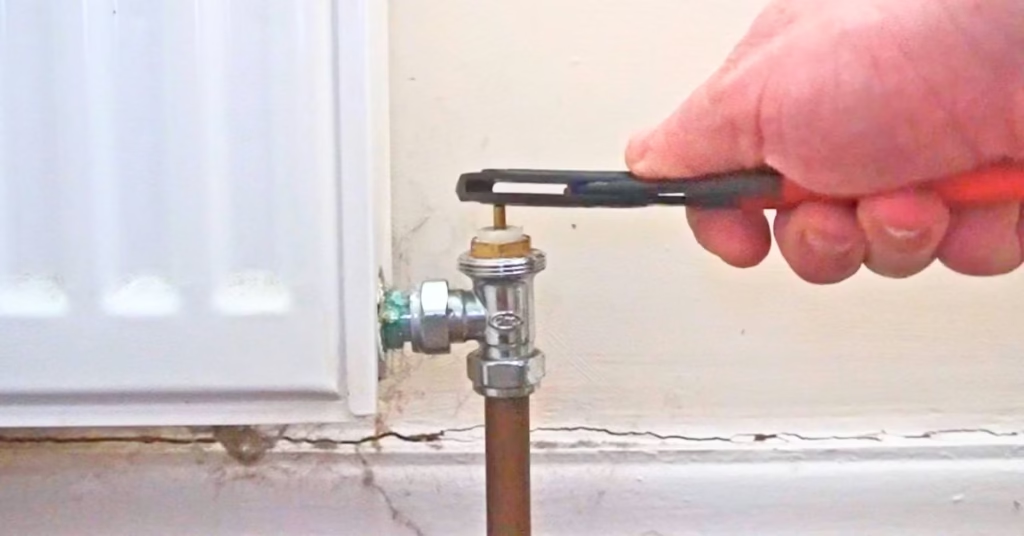
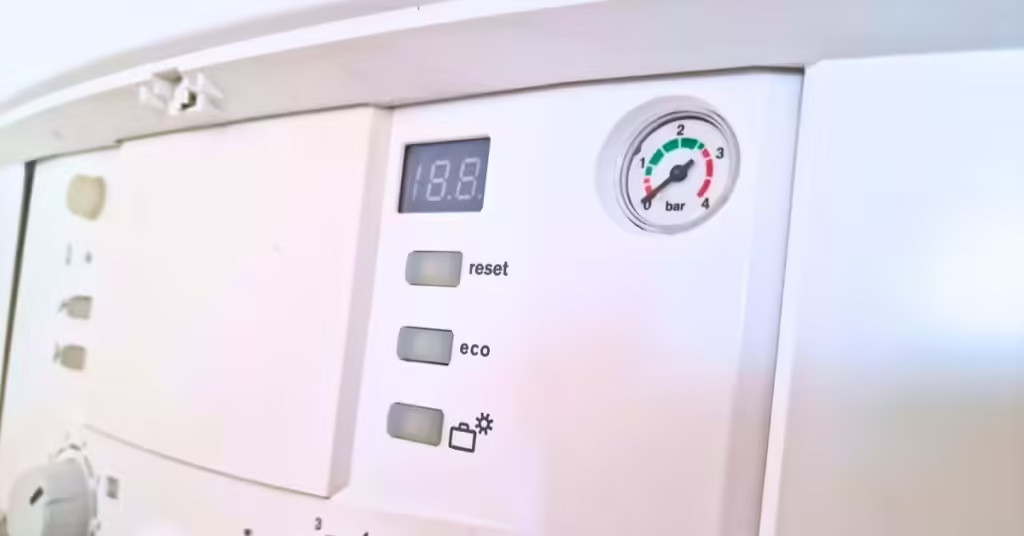
Hi
I have leak somewhere on the piping system that makes the boiler lose pressure every two weeks, I was wondering if it could be under the concrete floor because what makes me think it got to be downstairs is that we don’t see any signs of marks on the ceiling that would show after months of it leaking, and how good are those companies that do seek the leak, I have that on my insurance but I think they only pay out if a leak is found.
Thanks.
Hi Terry, yeah it could be under the concrete floor. Check the copper blow off pipe outside behind the boiler to see if the water is coming out of there, you can tape a little plastic bag to it then check when the pressure drops again to see if there’s any water in there. Leak detection companies are generally good.
I have a HVAC sealed hot water boiler system. I see no leaks in the pipes or boiler, but loses some pressure slowly
Would a leak sealer work how would I Add it to a sealed system? Will this sealer hurt my boiler?
Don’t know if I have a leak?
Summertime when no boiler is in use pressure is gone!
A leak sealer will only work on really small slow leaks. It won’t hurt the boiler. Check for water coming out the copper blow off pipe outside, if there’s any sign of water coming out then the water will be passing out the pressure relief valve.